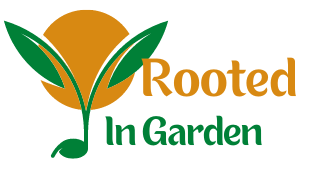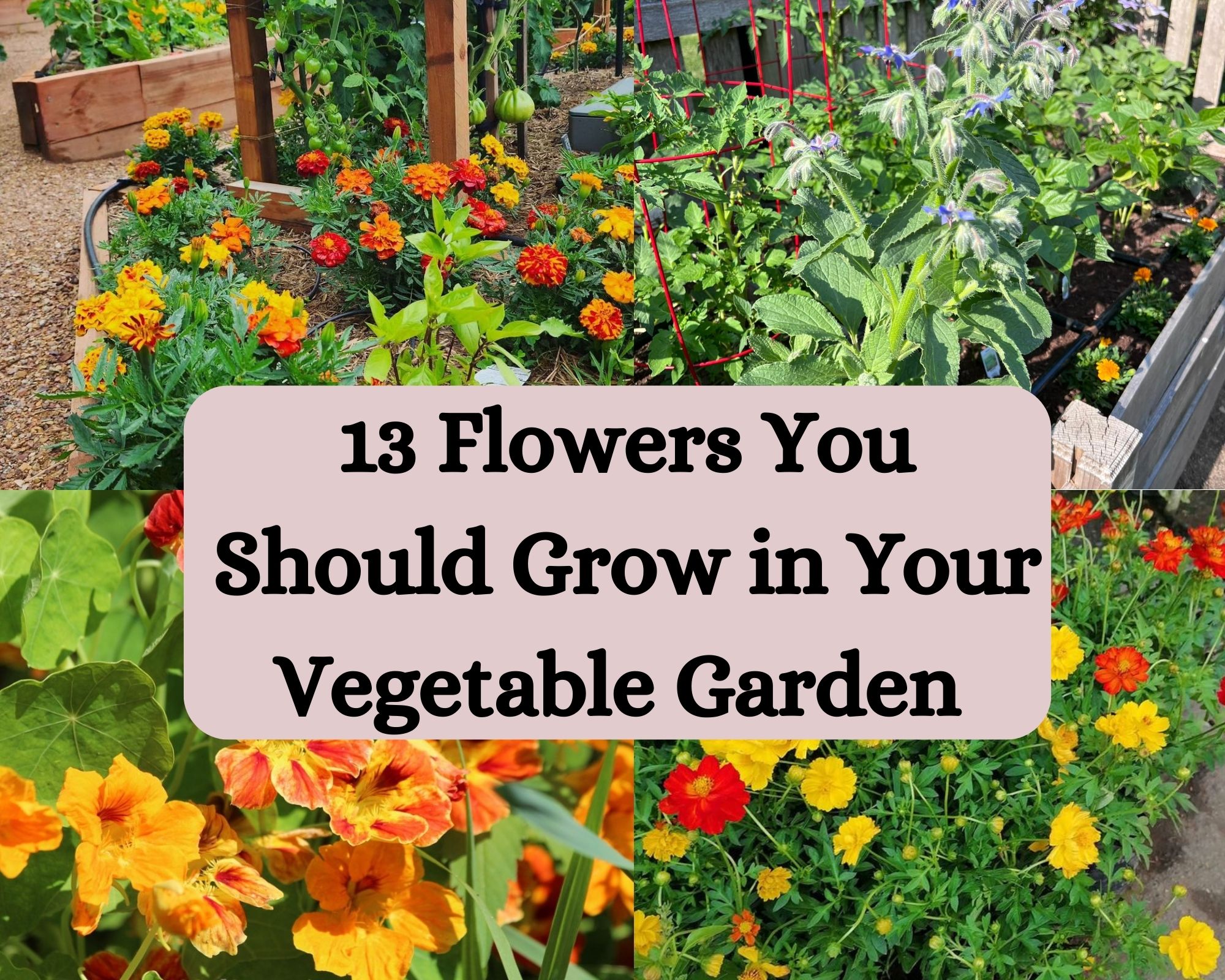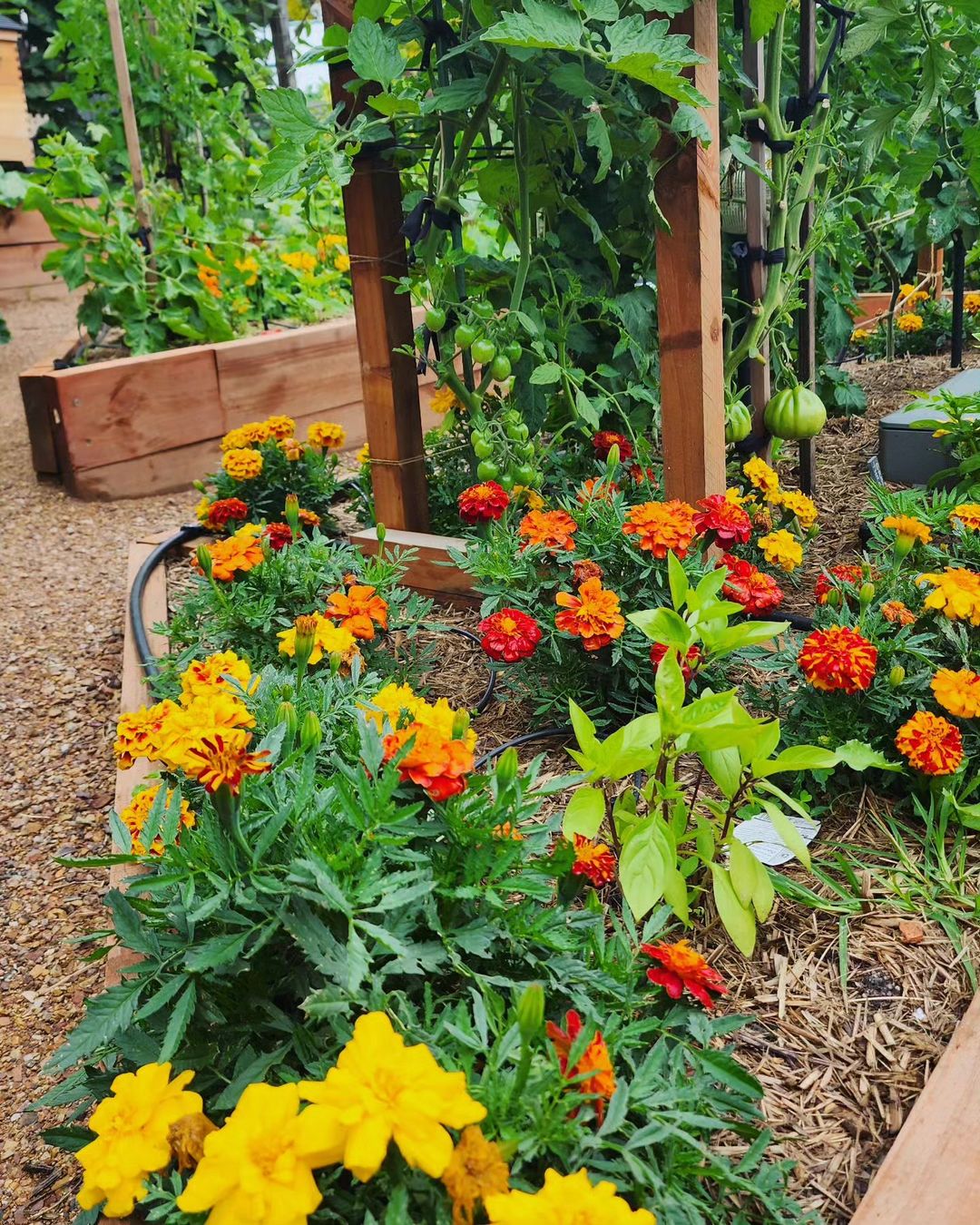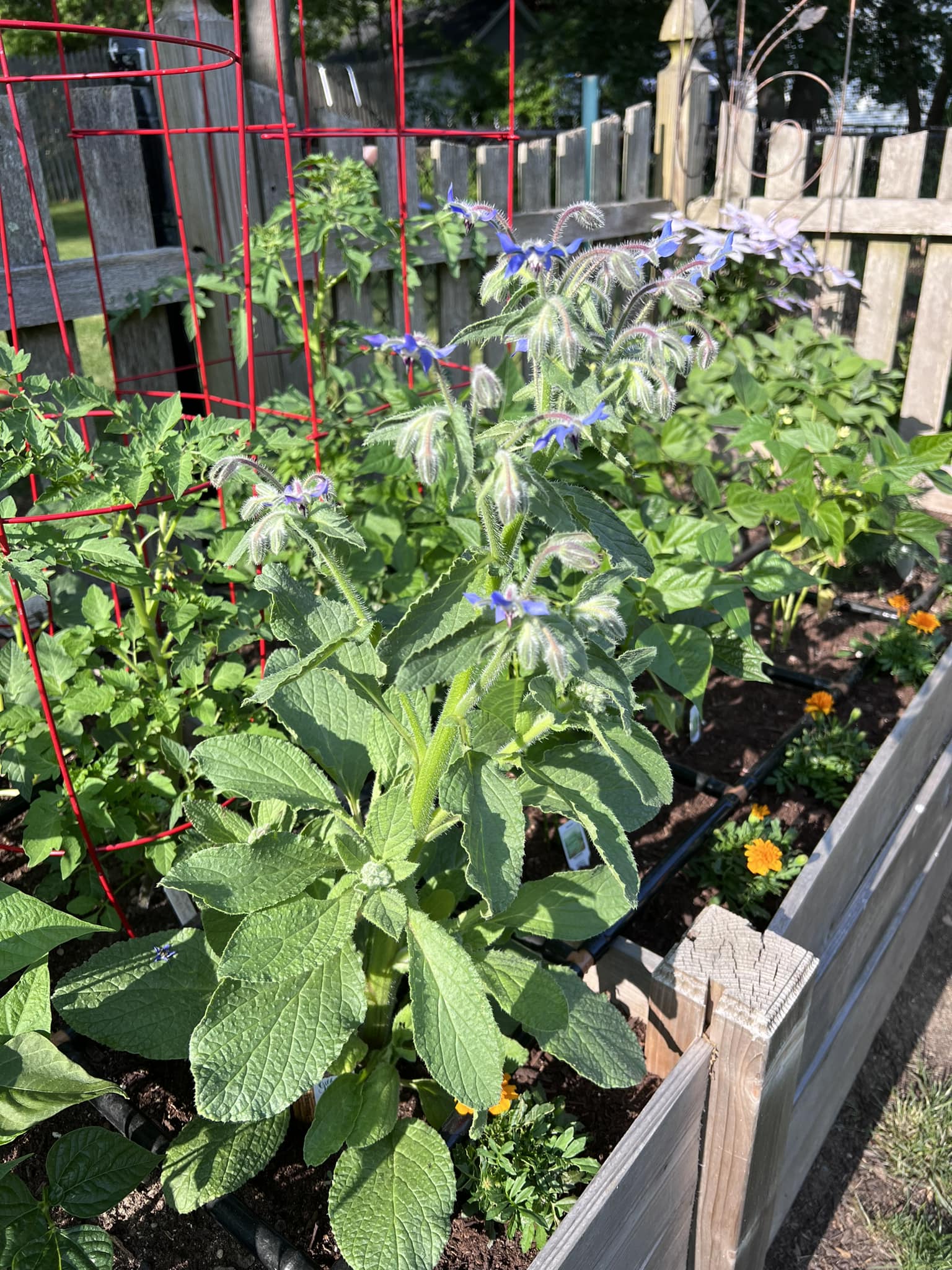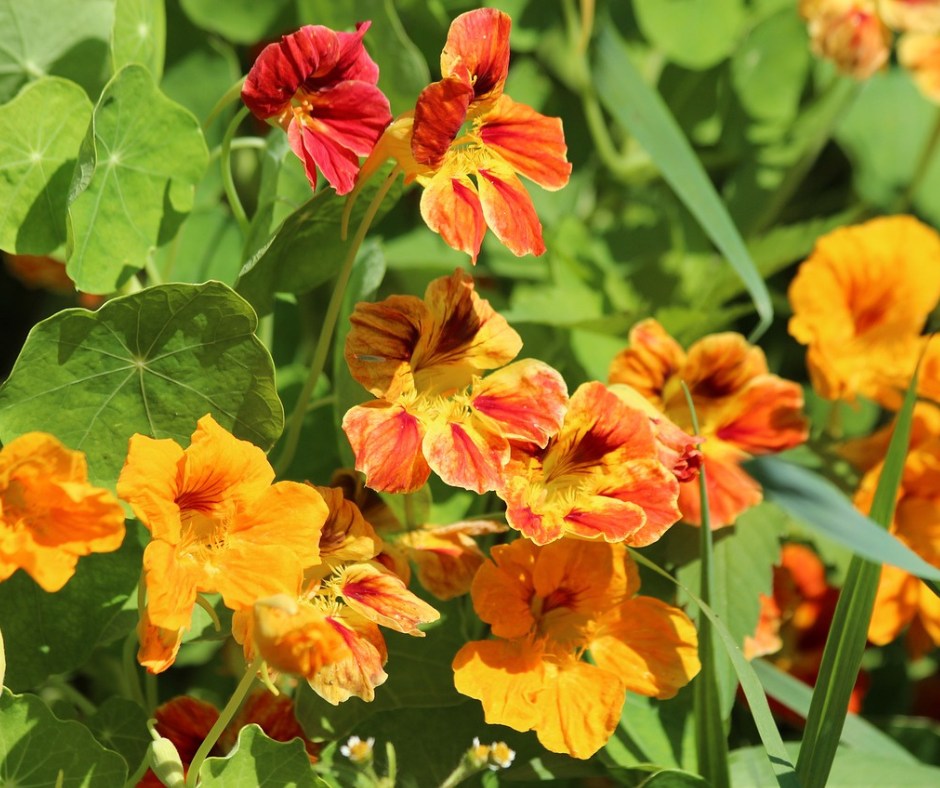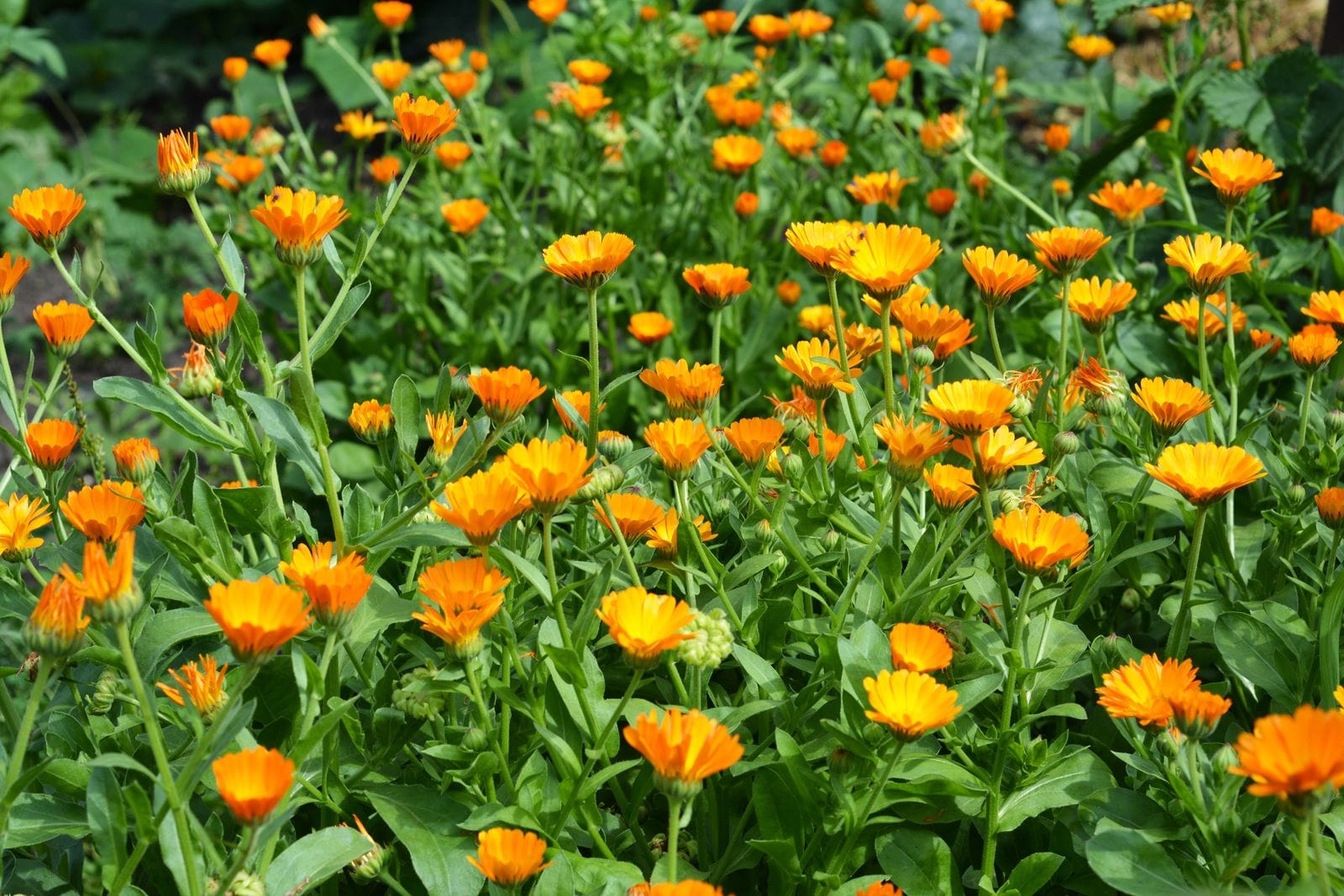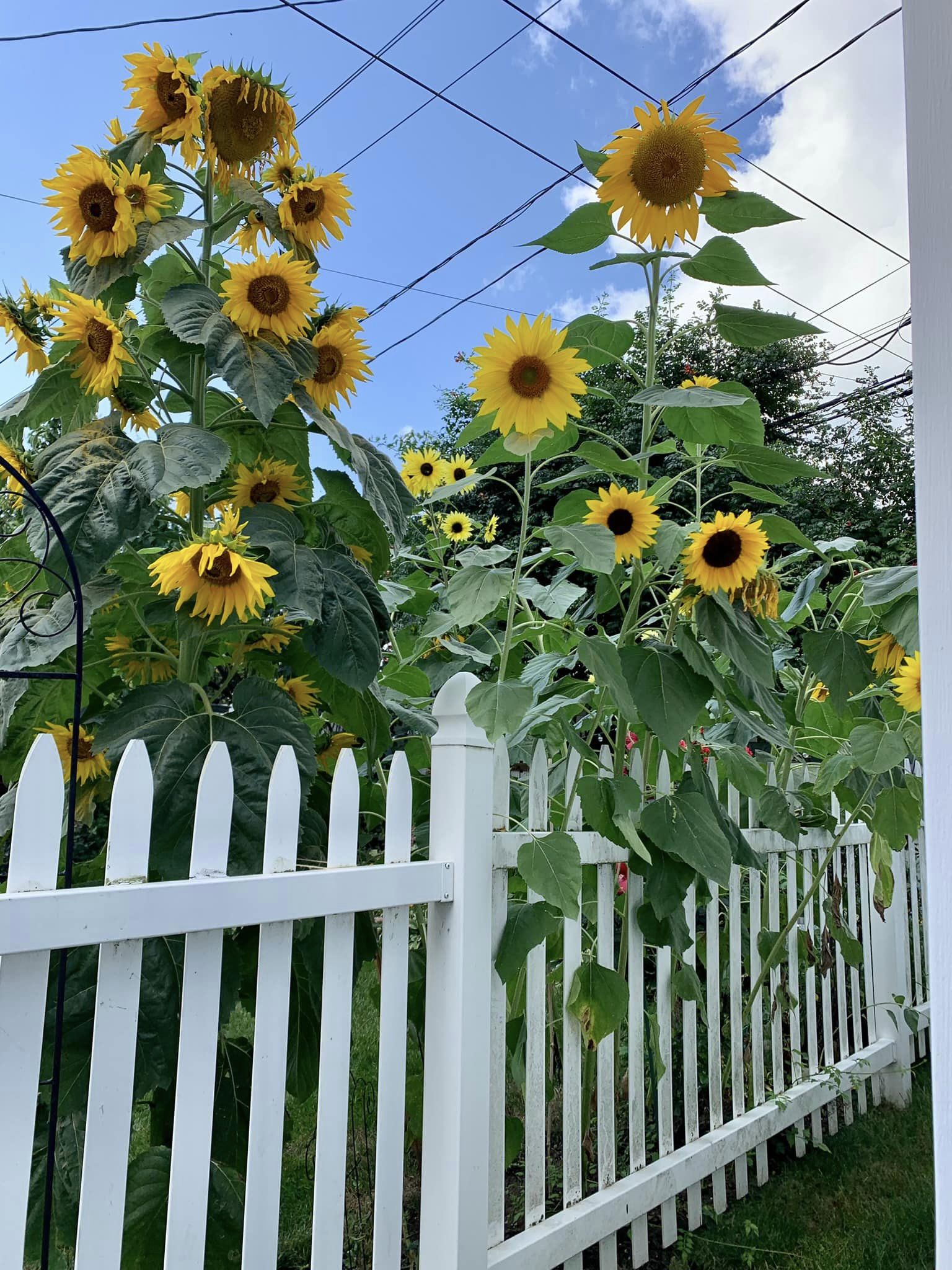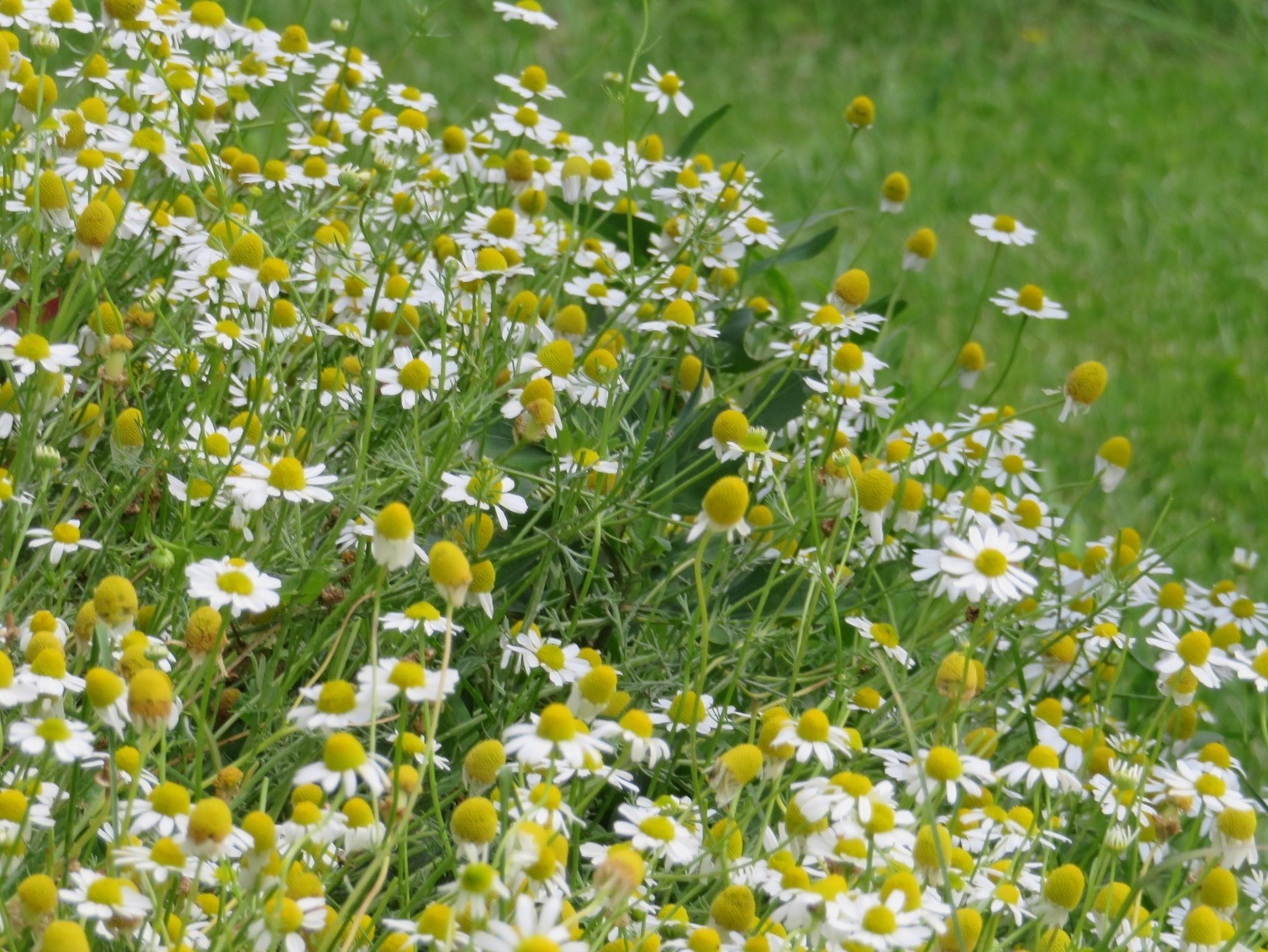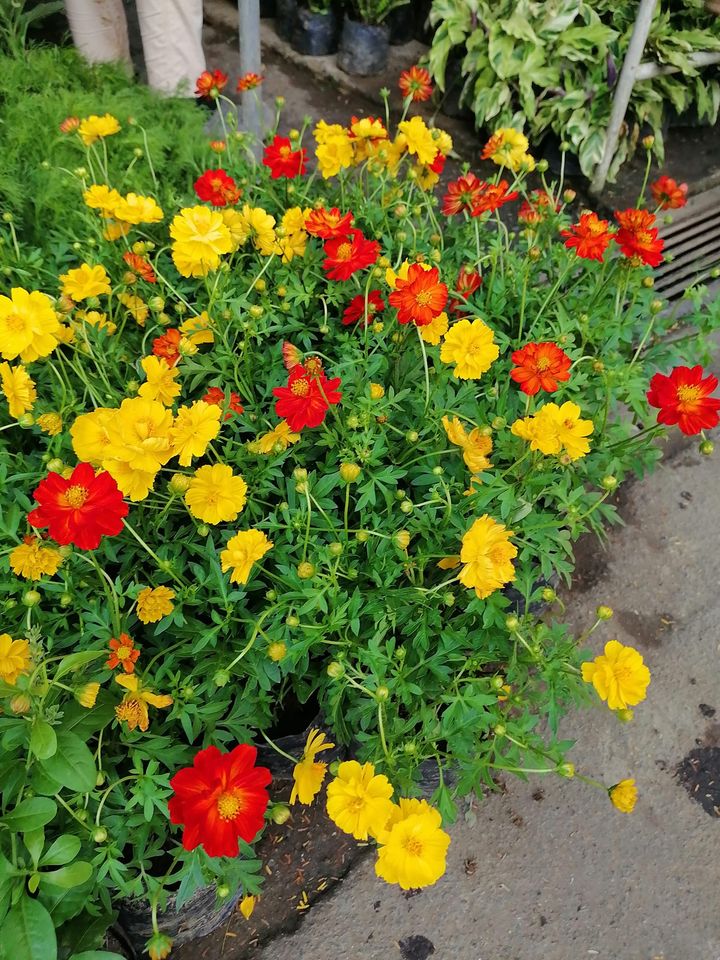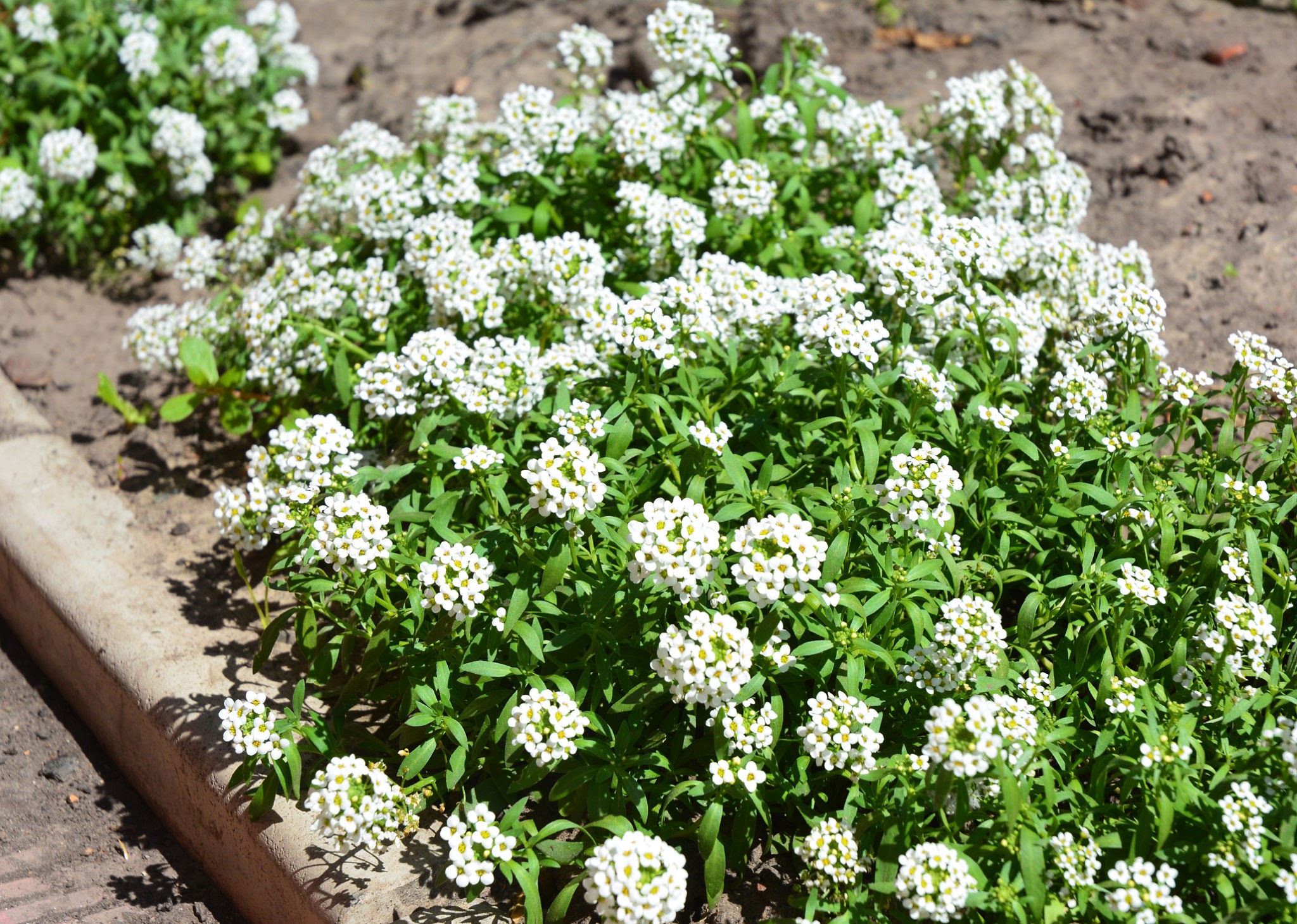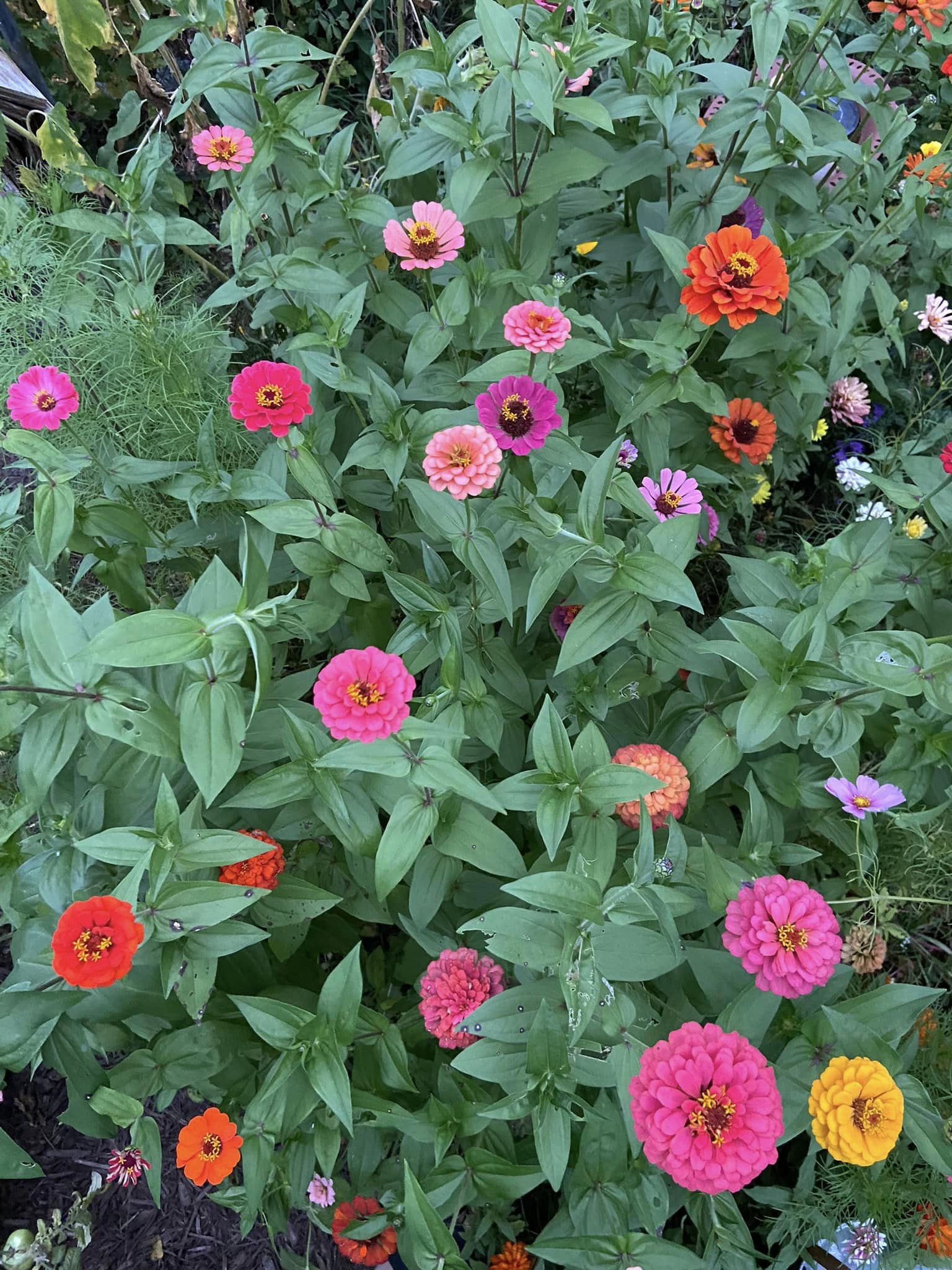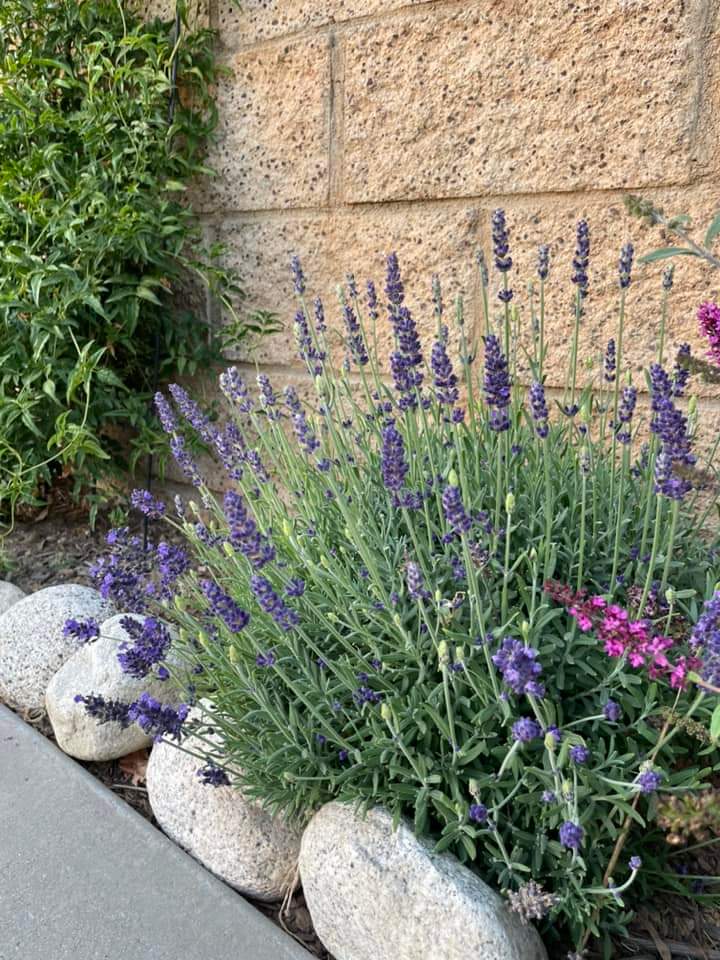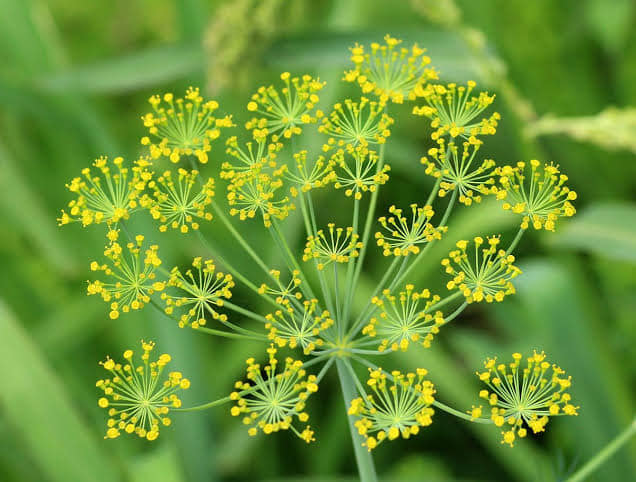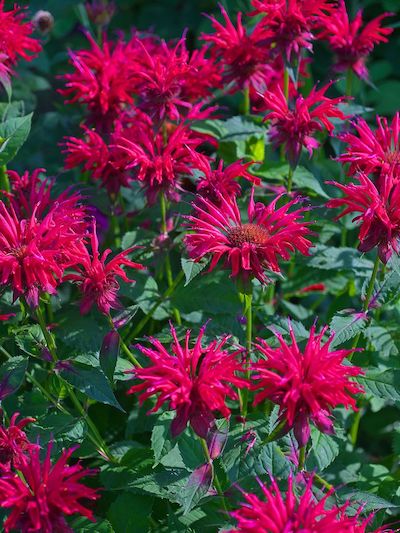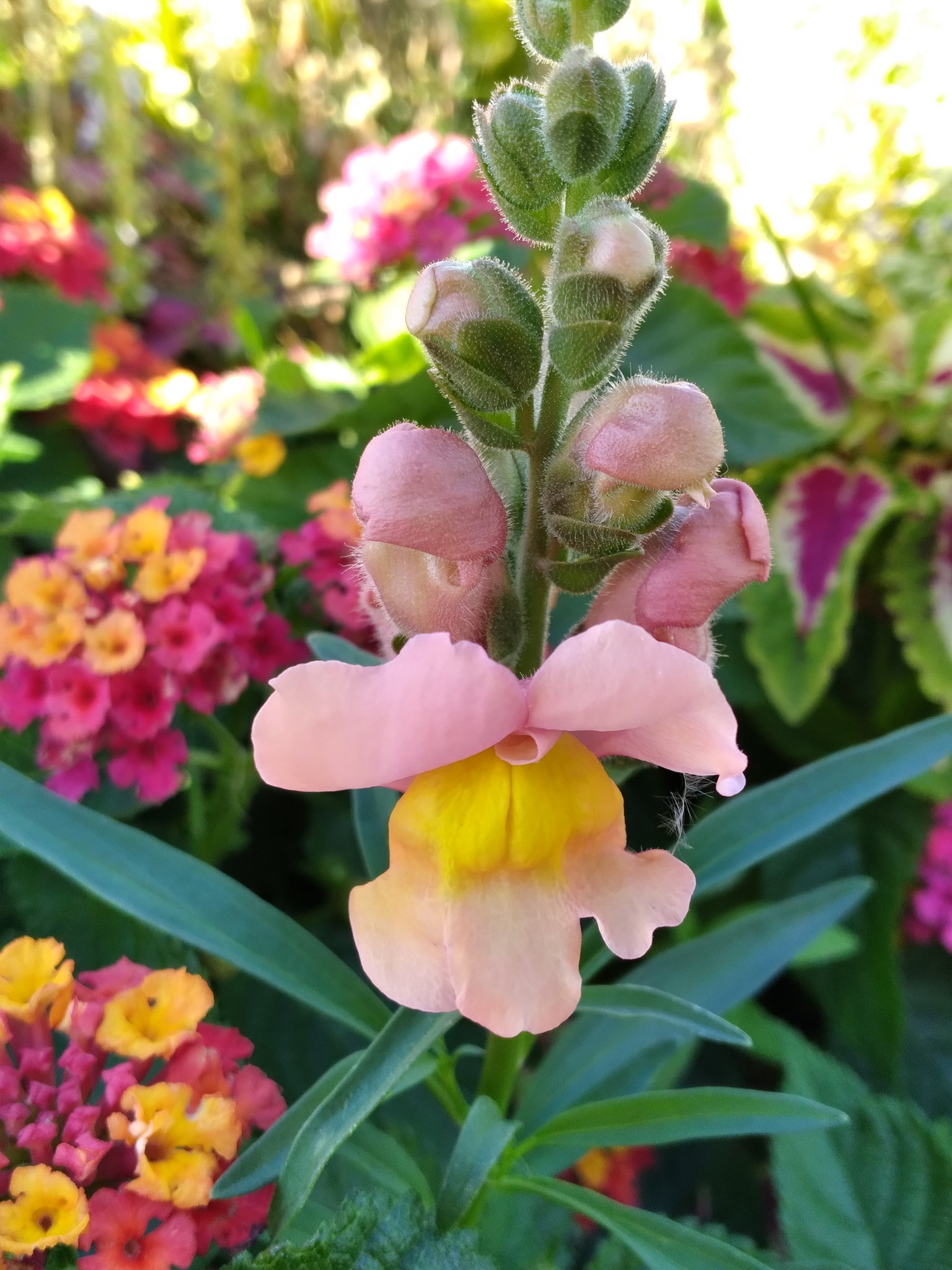The primary purpose of a vegetable garden is undoubtedly to cultivate and have a bountiful supply of vegetables for your consumption and even sale should you have some surplus. However, have you ever thought of growing flowers in your vegetable garden?
You may be reluctant to give up valuable real estate just to make the area more aesthetically appealing. But what if I tell you that planting flowers alongside vegetables offers more than aesthetical appeal?
Flowers promote pollination, deter pests, and foster a thriving ecosystem. This guide discusses the top flowers to incorporate into your vegetable garden, so keep reading.
13 Flowers You Should Grow in Your Vegetable Garden
1. Marigold
Marigold’s vibrant flowers, which vary from red, yellow, and orange, make this flower exceptionally eye-catching. This, coupled with its strong scent and effectiveness in repelling pests like mosquitoes and aphids, makes it a popular choice for a vegetable garden.
This happy, hardy annual plant is easy to grow and flourishes in nearly all climates. It also attracts beneficial insects like ladybugs.
Planting marigolds can help reduce nematode populations and protect your crops. The compounds released by marigolds into the soil repel nematodes that can damage the roots of many vegetable plants.
Plant marigolds around tomatoes, peppers, and beans.
Hardiness zones: 2-11
Read More:
- Why Are My Strawberries Sour?
- The Best Companion Plants For Tomatoes
- 9 Cheapest Ways To Keep Weeds Out Of Garden
- Flowers That Shouldn’t Be Planted Near A Vegetable Garden
2. Borage
Borage herb is not only an excellent companion plant, but you can use it in salads, soups, or garnish. Both the flowers and leaves are edible. Let’s talk about the aesthetics a bit. Pollinators are drawn to borage’s blue flowers.
Having borage in your garden can enhance pollination for neighboring vegetables, resulting in better fruit production. Borage is a hardy, easy-to-grow that flourishes in sunny conditions and tolerates drought.
This annual herb self-seeds, so once you establish borage in your garden, it may come back on its own each year, making it a low-maintenance addition.
Borage is best grown with tomatoes, squash, and strawberries.
Hardiness zones: 2-11
Related Posts:
- Medicinal Herbs To Grow In Your Garden
- Best Vegetables For Container Gardening
- Fruits and Vegetables That Grow in the Shade
3. Nasturtiums
Are aphids causing problems in your vegetable garden? Consider dealing with the issue naturally by planting nasturtiums with your veggies. This versatile plant attracts aphids, drawing them away from more vulnerable vegetables, thus protecting your main crops from aphid infestations.
Moreover, nasturtiums attract beneficial insects, such as predatory beetles and hoverflies, which feed on common garden pests. Furthermore, this effortlessly cultivated flower can function as a ground cover, playing a role in inhibiting the growth of weeds and retaining soil moisture.
Aesthetically, its vibrant, colorful orange, yellow, or red flowers are eye-catching.
Plant nasturtiums near cucumbers, radishes, and squash.
Hardiness zones: 9-11
4. Calendula
You may know it by its other name, pot marigold, but do not be fooled by the name; calendulas are not the same as marigolds. For centuries, this flower’s vibrant orange and yellow blooms have been harnessed in herbal remedies.
In addition, the flowers are edible and have a slightly tangy or peppery flavor- you can use them to add color and flavor to your salads, soups, and other dishes. As a companion plant for your vegetable garden, calendulas can help deter nematodes in the soil and repel certain pests like whiteflies.
This easy-to-grow annual flower flourishes in cooler climates that have low humidity and well-drained soil. Although calendulas do better in full sun, they can tolerate some shade.
Plant calendula with tomatoes and lettuce.
Hardiness zones: 9-11
5. Sunflowers
Known for their towering stature and bright, cheerful blooms that attract bees and other pollinators, sunflowers make great additions to your vegetable garden. You can plant taller varieties to provide shade to smaller plants and vegetables sensitive to intense sunlight.
Sunflowers can also be natural trellises for climbing vegetables. In addition, their deep taproots contribute to breaking compacted soil. For the seeds, you can let the birds feast on them or harvest them for snacking, cooking, and baking.
Plant sunflowers near corn or in areas where you need vertical interest.
Hardiness zones: 2-11
6. Chamomile
Chamomile has plenty to offer as an addition to a vegetable garden. It draws in beneficial insects that prey on garden pests, thus contributing to your garden’s health.
Planting chamomile near your vegetable will also help reduce pests, as this flower’s strong scent deters pests such as mosquitoes, flies, and some beetles.
Moreover, chamomile’s deep taproots boost soil structure and nutrient levels. The open spaces between your vegetables will also benefit from chamomile because the dense ground cover it forms suppresses weed growth and retains soil moisture.
Plant chamomile along with onions, cabbages, and cucumbers.
Hardiness zones: 2-9
7. Cosmos
Growing this colorful, splendid flower is easy peasy as it requires minimal maintenance, adapts to different soils, and tolerates dry conditions. Since it produces abundant nectar, pollinators like bees and butterflies flock to it. Therefore, growing it among your vegetables enhances pollination, thus increasing your vegetable plants’ yield.
Its tall and airy growth habit is also beneficial to vegetables. Cosmos can help shade smaller plants, helping conserve soil moisture and create a conducive microclimate for your vegetables. Moreover, the predatory insects it attracts, like parasitic wasps and hoverflies, consume common garden pests.
Grow cosmos near tomatoes, beans, carrots, lettuce, and cucumbers.
8. Sweet Alyssum
This delightful, low-growing flower is often used as ground cover. Still, you can also interplant it among your vegetables or use it as a border plant for your vegetable garden. Its white or pastel, tiny, charming flowers with a honey-like fragrance will contribute to your garden’s aesthetics and health.
The flowers are rich in nectar, which makes them a magnet for pollinators. Apart from attracting pollinators, the flowers lure beneficial insects like predatory wasps and hoverflies that eat pests.
Sweet Alyssum’s low, spreading growth habit helps suppress weeds, retains soil moisture, and provides a carpet of color between taller vegetables.
Plant Sweet Alyssum with carrots, onions, broccoli, and chives.
Hardiness zones: 2-11
9. Zinnias
Not many flowers can rival zinnias’ charm and versatility, with standout features being their incredible diversity of colors and varieties. Zinnia flowers come in various colors, including red, orange, yellow, pink, purple, and white, double or single blooms, and multiple sizes and shapes.
This wealth of choice lets you tailor the color palette of your vegetable garden to your liking. Pollinators like bees and butterflies love zinnias, so growing them in your vegetable garden fosters a pollinator-friendly environment.
The tall and bushy zinnias also give your vegetable plants a living mulch and shade. In addition, predatory insects such as ladybugs and spiders find refuge among the petals of zinnias.
Plant the stunning zinnias near potatoes, tomatoes, and cucumbers.
Hardiness zones: 3-10
10. Lavender
Introduce lavender for a touch of fragrance and elegance in your vegetable garden. Its beautiful blooms in different color variations like purple, rose, violet-blue, yellow, white, and pink add color to your garden and draw in pollinators.
The soothing and pleasant fragrance creates a serene, calming atmosphere in your vegetable garden. Moreover, the aromatic foliage can help deter pests. If you plant lavender close to your vegetables, their flavor can improve.
Planting lavender can also stabilize your garden soil and prevent soil erosion.
Plant lavender with carrots, cabbage, brussels sprouts, cauliflower, broccoli, and celery.
Hardiness zones: 5-9
11. Dill
Dill is an excellent companion plant for some vegetables. For instance, the growth and health of cabbage family plants (brassicas) like cabbage, broccoli, and cauliflower can greatly benefit from growing alongside dill. However, keep this flower away from tomatoes.
Plant dill near vegetable plants to repel pests like aphids and spider mites. Doing so also helps attract beneficial insects such as predatory wasps and parasitic flies that consume aphids, caterpillars, and other garden pests.
Moreover, plant dill if you’re interested in attracting swallowtail butterflies.
Plant dill near cabbage, broccoli, and other brassicas.
Hardiness zones: 2-11
12. Bee Balm
Strategically plant bee balm in your vegetable garden, and you will create a pollinator-friendly environment. This flowering herb is a haven for butterflies and hummingbirds, with the nectar-rich flowers serving as a buffet for these winged visitors.
Bee balm is a natural deterrent to pests, helping your vegetables from pests like aphids and spider mites. Aesthetically, vibrant blooms in shades of pink, red, or purple and aromatic foliage make your garden more appealing.
Plant bee balm with tomatoes, cucumbers, beans, squash, and zucchini.
Hardiness zones: 3-9
13. Snapdragons
This flower will do well in your mixed flower and vegetable garden, providing a burst of color featuring flowers of different colors like pink and red. With snapdragons growing in your garden, pollinators like bees, hummingbirds, and butterflies love visiting.
Snapdragons also serve as natural pest control by attracting predator insects. Moreover, their vibrant flowers and long stems make them excellent cut flowers.
Plant snapdragons near root vegetables.
Hardiness zones: 7-11
Final Thoughts
The flowers above have something to offer to your vegetable garden beyond aesthetics. These include attracting pollinators, repelling pests, aiding soil aeration, and stabilizing soil. Ultimately, flowers make vegetable gardens more vibrant and productive. The suitable flowers for your vegetable garden depend on your desired needs and the look you want, so choose carefully.

Hey there, fellow plant enthusiasts! I’m Rachel, the green-thumbed writer behind Rooted In Garden. With a deep-rooted love for all things botanical, I’ve made it my mission to help you cultivate a thriving collection of houseplants. As a devoted plant parent myself, I understand the joys and challenges that come with nurturing these leafy wonders. Whether you’re a succulent aficionado, an orchid enthusiast, or simply adore all potted flora, join me on this journey as we explore the secrets to growing and caring for our beloved green companions. Together, let’s create a flourishing oasis indoors.
